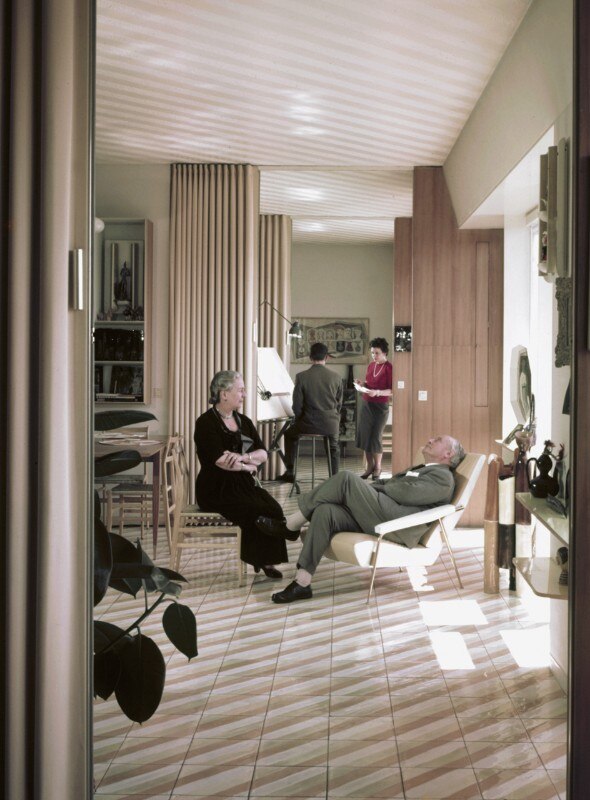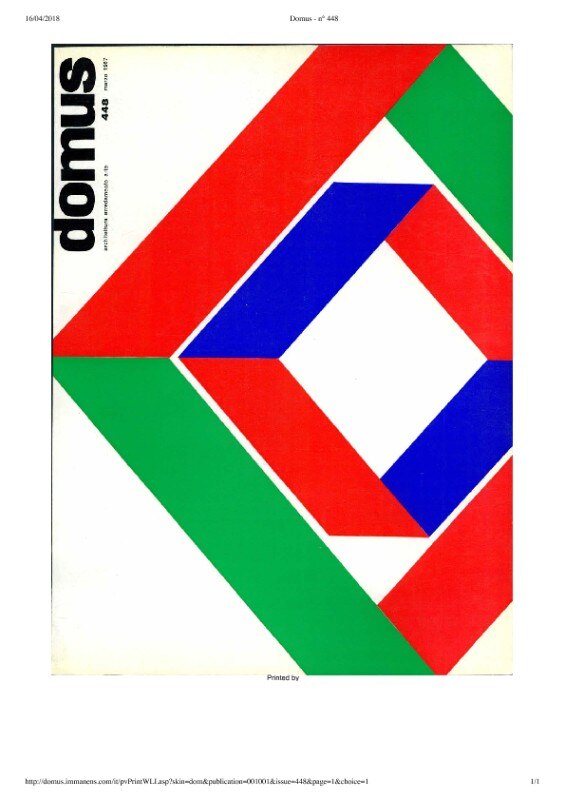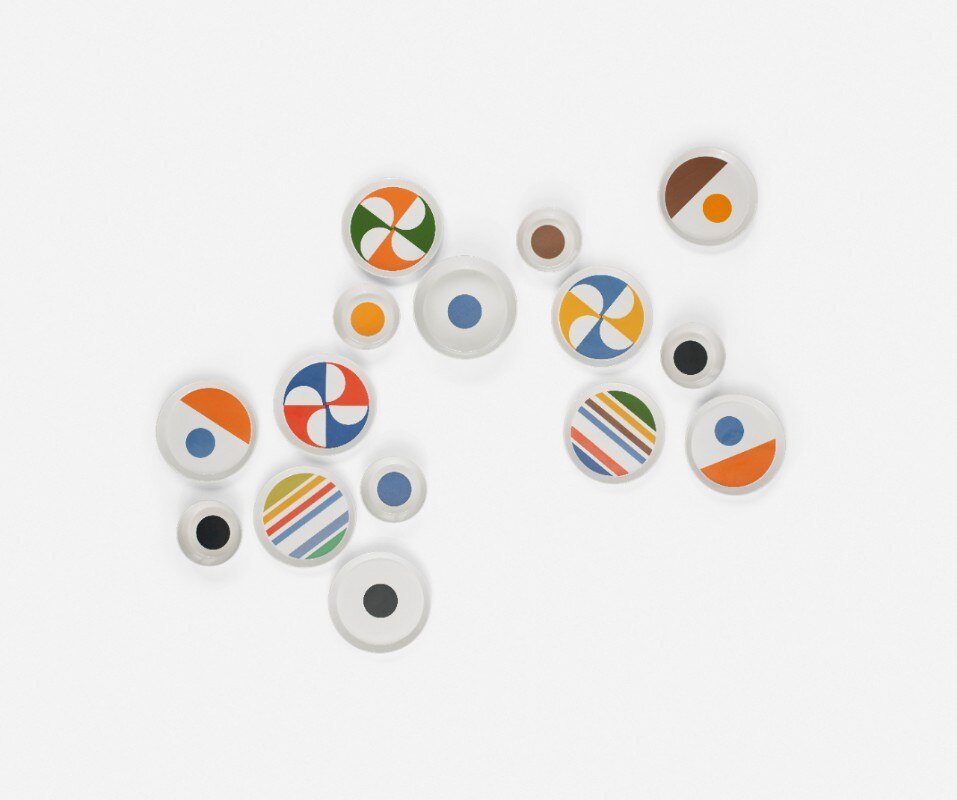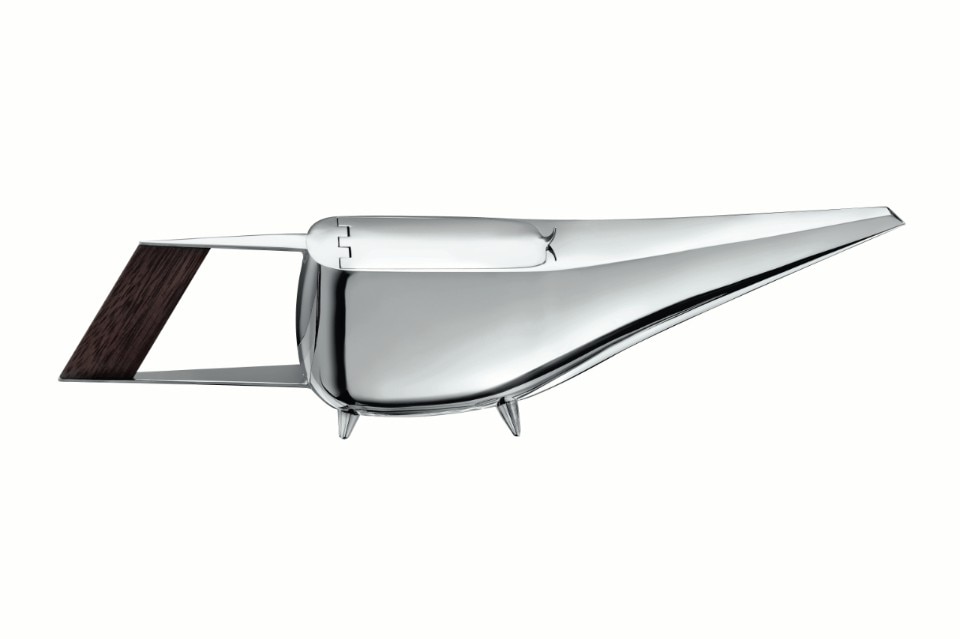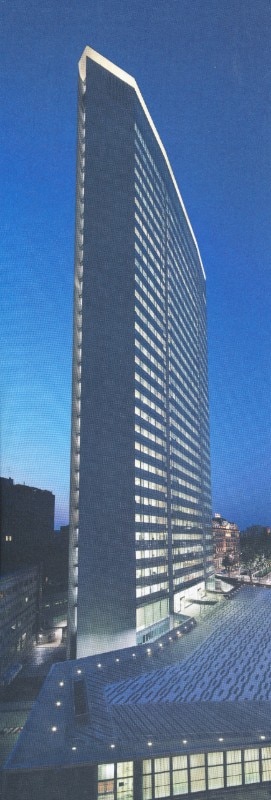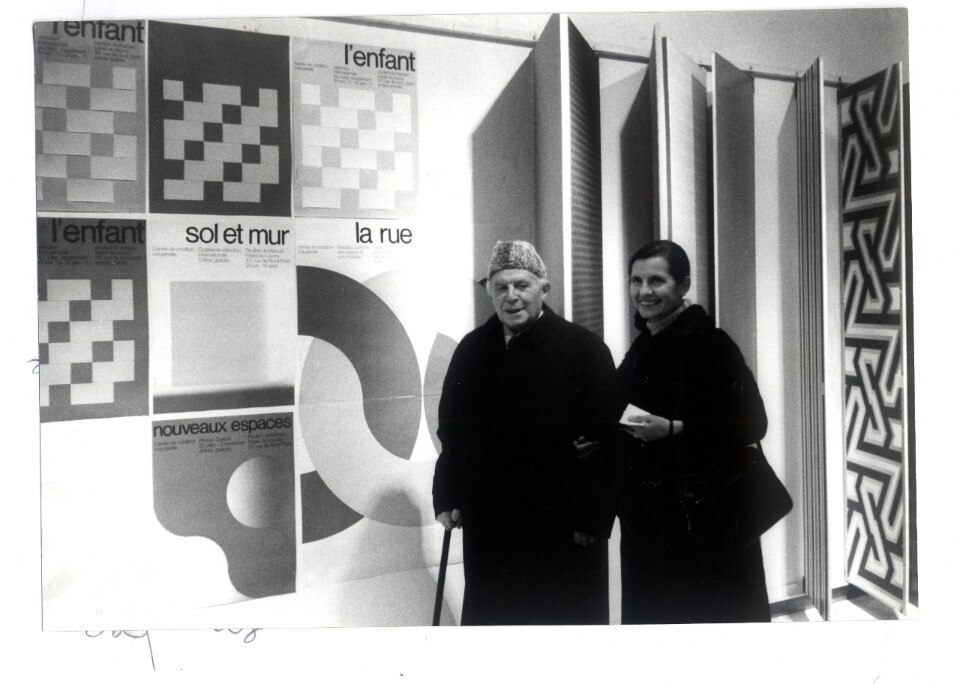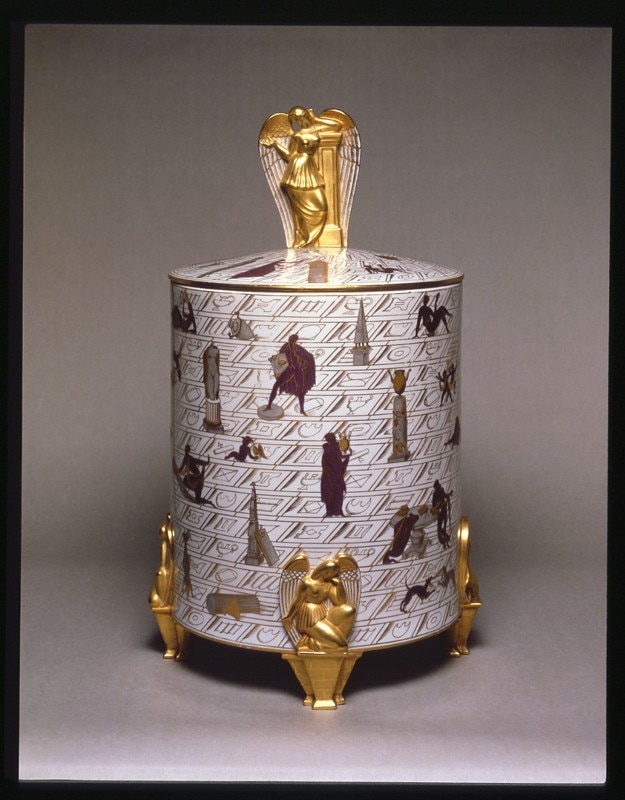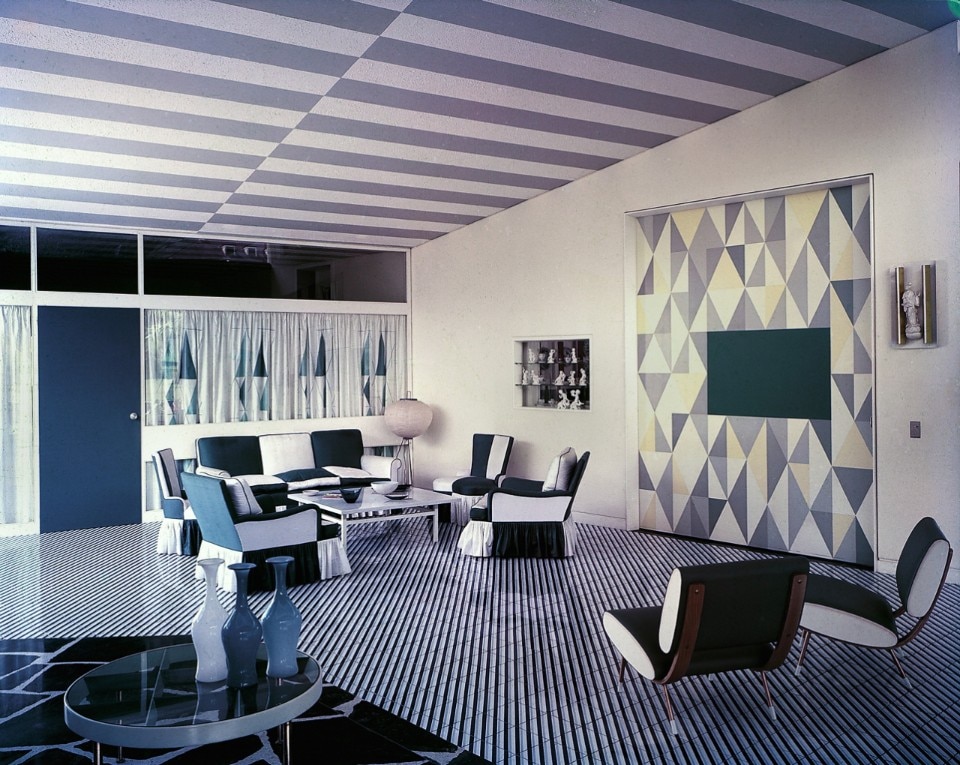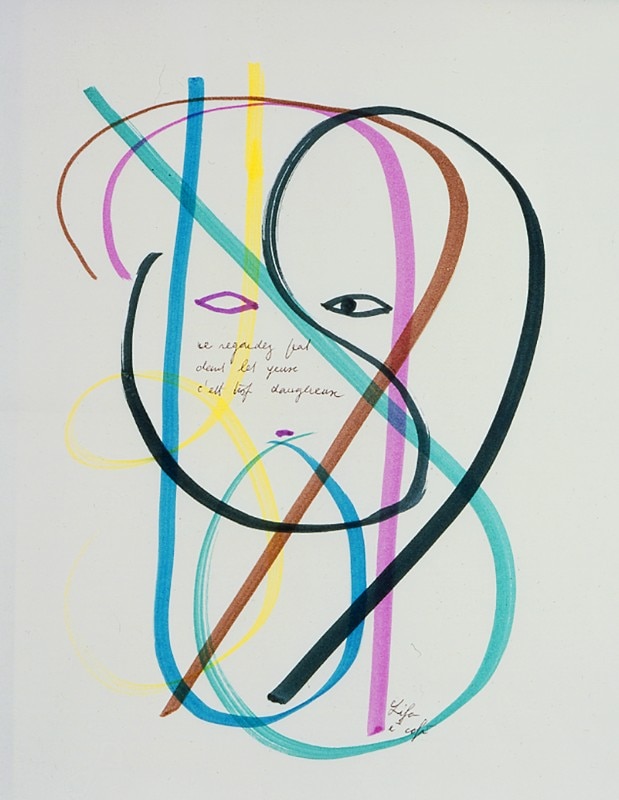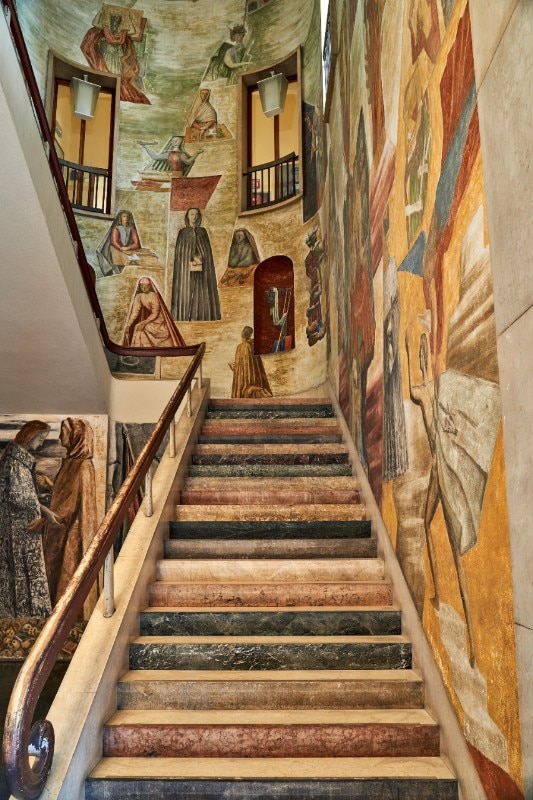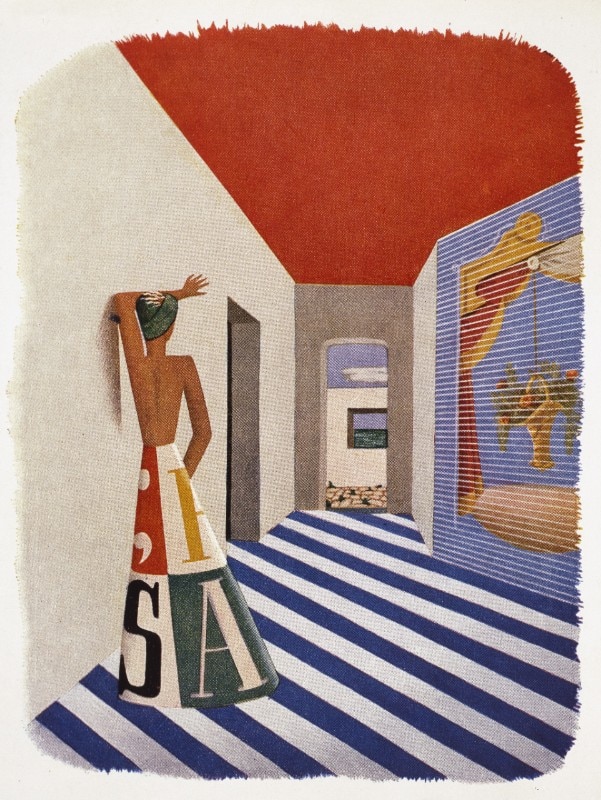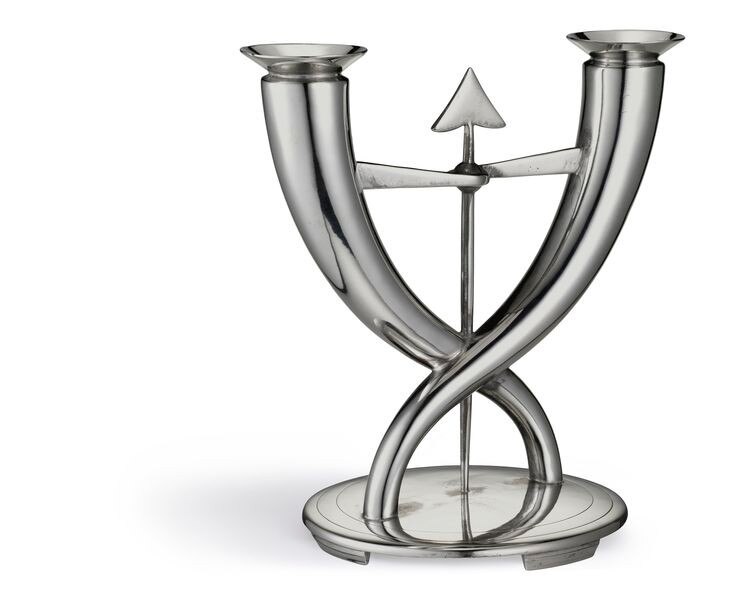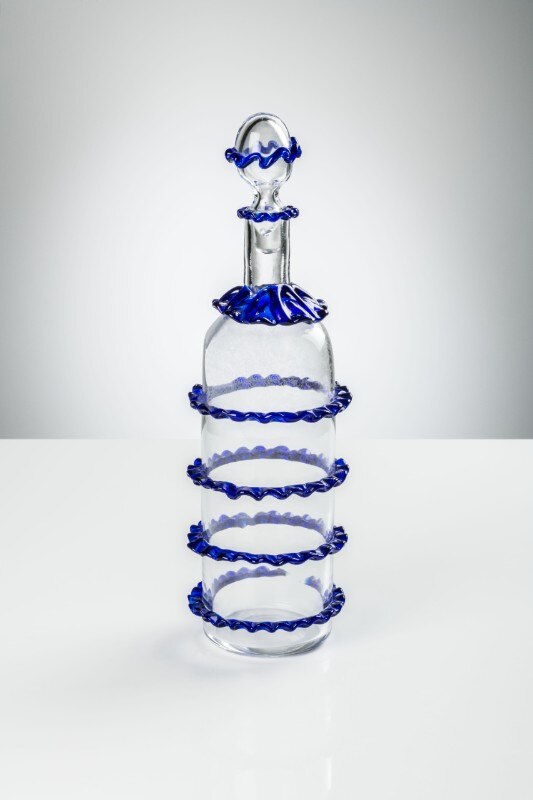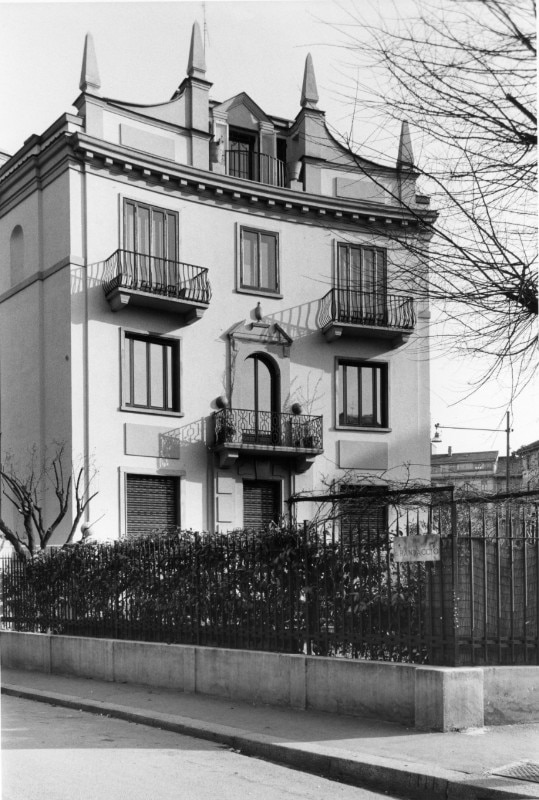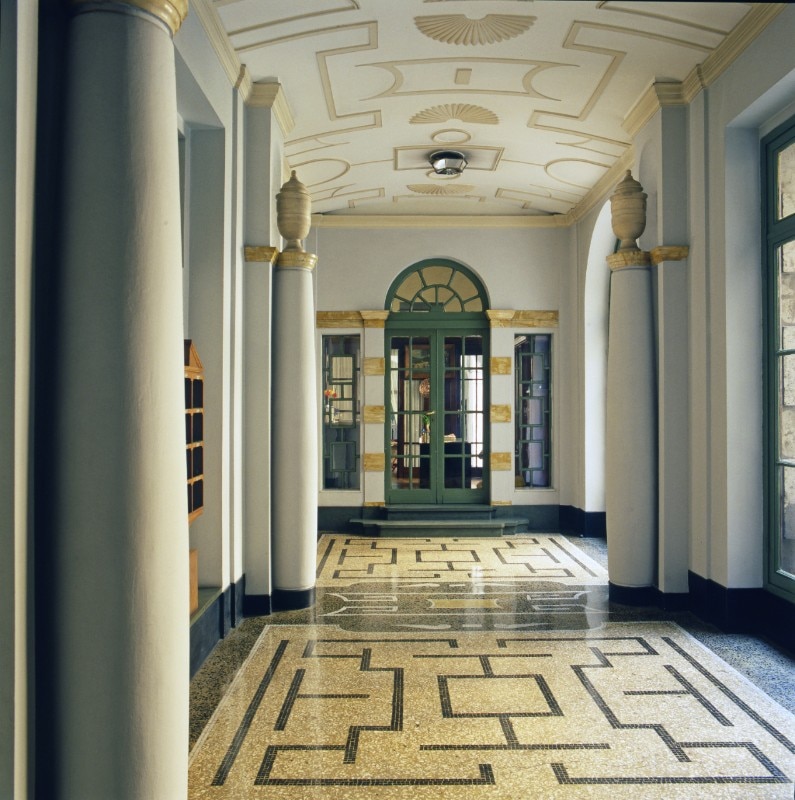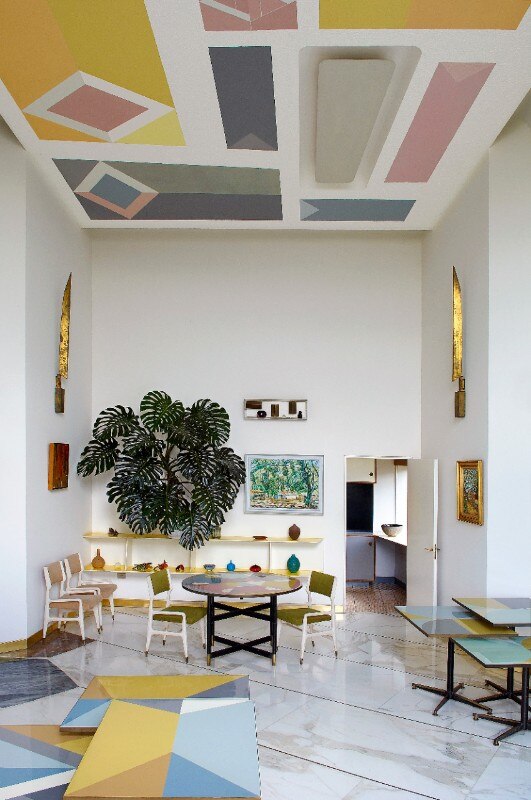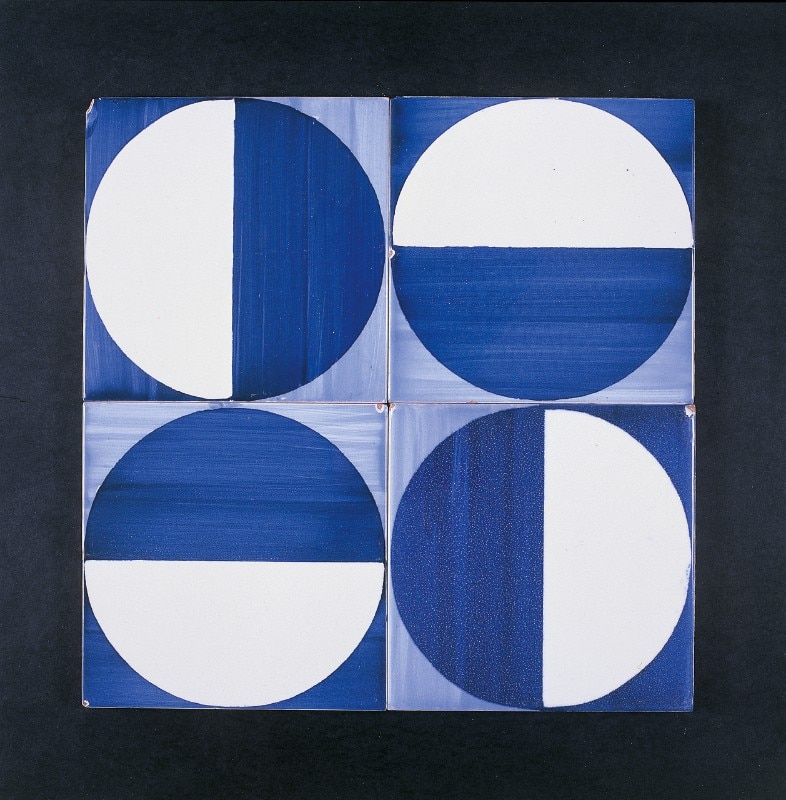In the sticky heat of a typical July day, Olivier Gabet is bustling around Milan pointing to palazzi and skylines. The director of the Musée des Arts Décoratifs in Paris and his team of communicators are touring the capital of Lombardy a few months before they inaugurate the big exhibition “Tutto Ponti: Gio Ponti, Archi-Designer” with curatorial aid from Salvatore Licitra, Sophie Bouilhet-Dumas and Dominique Forest. It's the first extensive Ponti retrospective in France, and will be hosted at 107 Rue de Rivoli until 10 February 2019.
Why the outing to Milan?
The idea was to walk around and follow a route of discovery of the Milanese architect's places. His house on Via Randaccio, Casa Borletti, Casa Laporte, the Pirelli tower, the San Francesco church, the Rai building and palazzo Montecatini. The intention is to see the extent to which Ponti moulded the Milanese cityscape. There are but few architects or designers who have transformed a city like he did. He was a prolific creator, and revolutionised post-industrial architecture, leading to a new way of living. Our trip was a pre-inauguration suggestion.
It's a large retrospective in the first arrondissement, with a scale reproduction of the facade of the Cathedral of Taranto greeting visitors. You selected over 400 objects made between 1921 and 1978 with the special aim of making Ponti's multidisciplinary talent come to the fore. Why would this take place precisely at the Musée des Arts Décoratifs?
Our museum and Gio Ponti go back a long way. In 1995, Paris hosted his first international show, supported by our institution. For a long time. people thought we had organised that exposition. Three years ago, along with the team of curators (Salvatore Licitra, Sophie Bouilhet-Dumas and Dominique Forest) we though the time was ripe to stage a retrospective. By consequence, we realised we needed to do so in the best possible way.
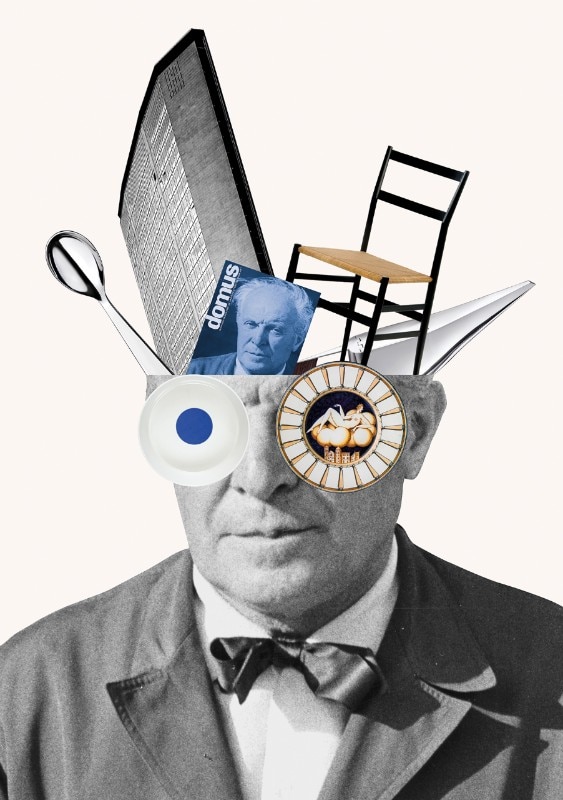
The exhibition presents a panoramic chronology of Ponti's six-decade career in the fields of architecture, design, interiors and publishing. What was the most difficult part?
The catalogue is immense: 300 pages and 300 illustrations edited by Salvatore Licitra, Sophie Bouilhet-Dumas and Dominique Forest, and with the contributions of 30 international artists. In addition, the show entailed much research among private and public collectors. We needed to gather the best of Gio Ponti. The hardest task was balancing the vision of such an important artist, a modern Ptolemy in many fields, including Domus magazine, the Pirelli tower, ceramics, silver work and many, many other objects. Very few artists are able to jump from one craft to another the way he did. Only meticulous and painstaking work could give us the required expositional result. It was tough to choose. It's impossible to be exhaustive with Ponti. We did not want to follow a beaten track. We put ourselves in the visitor’s shoes and aimed for the presentation of Ponti's entire universe, from the spoon to the skyscraper. The real message is that creation is everywhere.
Ponti described himself as more of an artist than an architect. The poster for the exhibition – designed by Italo Lupi, who also created the graphics of the show – really illustrates this.
It was fundamental to us that we reflect his eclectic spirit. At the exhibition, whose display was designed by Wilmotte & Associés, we gave a lot of space to lights, volumes and architecture – not just to exhibit the materials, but to create a setting where everything works together. Italo Lupi wished to capture Ponti's free spirit. We also wanted to convey his sense of humour, taste, elegance and even his daily life by means of a letter, the drawings and sketches of a car for the future, and the prototype of an automobile. What we aimed to do was show the plurality of his mind.
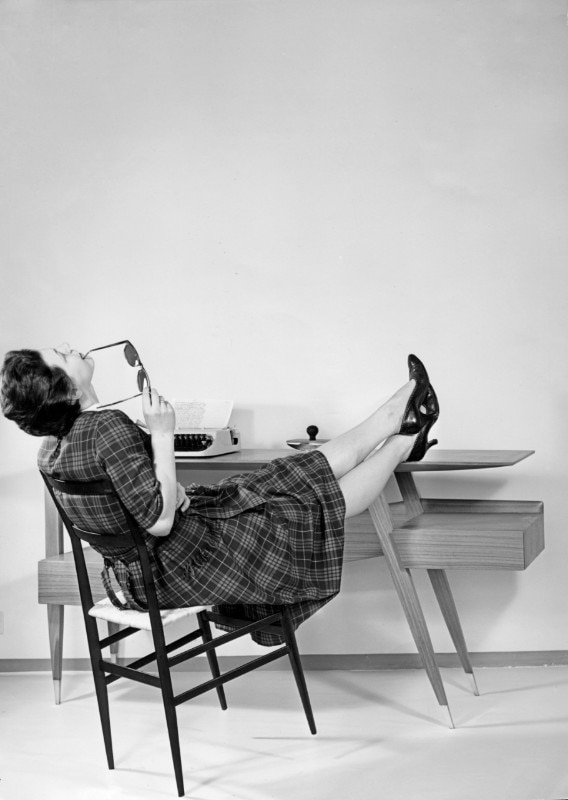
 View gallery
View gallery
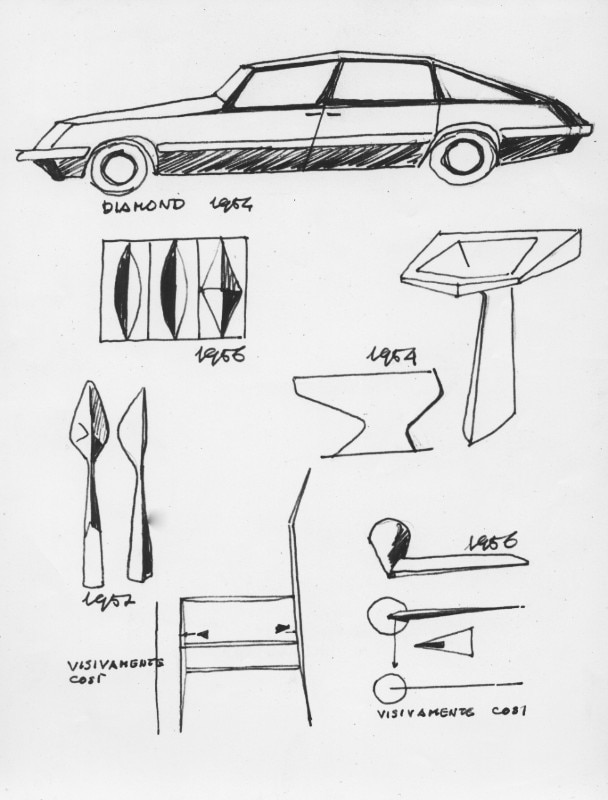
Did something about him strike you above all else?
The fact that Ponti was not sensitive to ideology to the slightest extent, while it was really everywhere. If you look at artistic and cultural life in Europe or the United States in the 20th century, everything was permeated by ideology. Much different from everyone else, he was a free spirit. There were categories of his creativity that went beyond the circumstances: life, light, joy and poetry. His designs and projects are permeated with freshness today, because they are human and universal.
Gio Ponti went through and experienced two wars. Today we live in a complex and worrisome world. What can we learn from him?
He never refused his times. He travelled the word, of course, from Teheran to Caracas, but was never impressed by Mussolini. He went about his business because he was living out a mission in design and architecture. What we can take as an example is indubitably his generosity and openness. Nothing happens in the world if you don't have these two qualities. We see generosity in his prolific work as a designer and architect, in his way of welcoming colleagues, designers and architects, and in his magazine Domus, which he founded in 1928. The publications were not just about furthering his personal taste, but to tell people about an experience, a project, an idea. It's an incredible lesson for today, it's the nucleus of every degree of artistic production. The mission is for everybody to forge ahead and always create.


